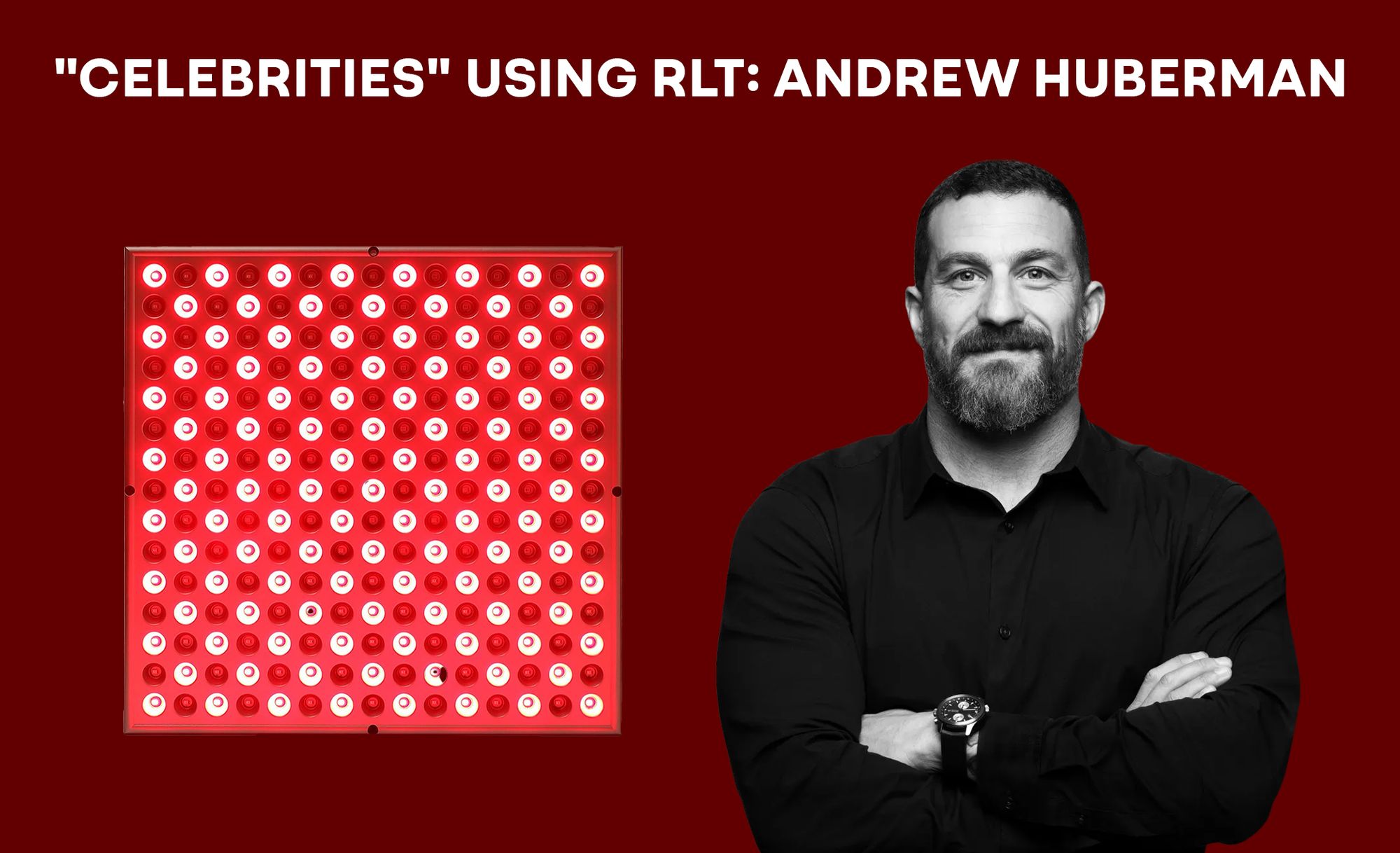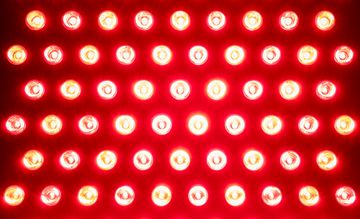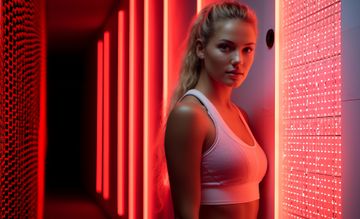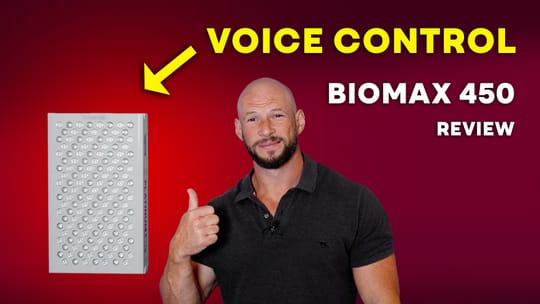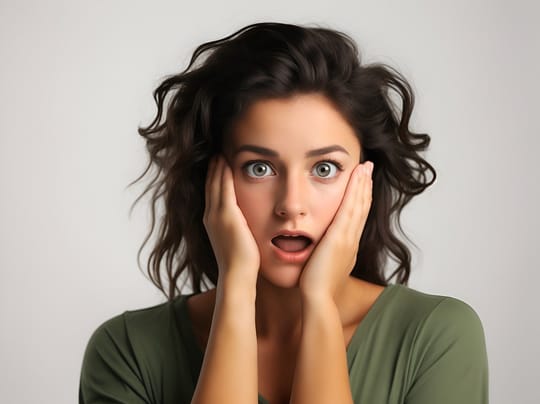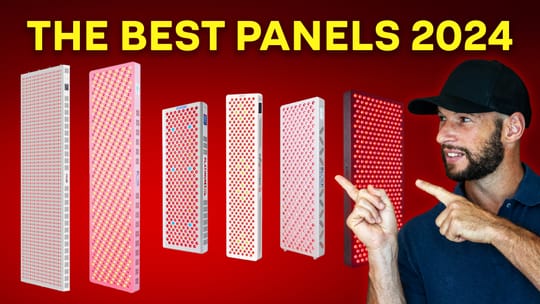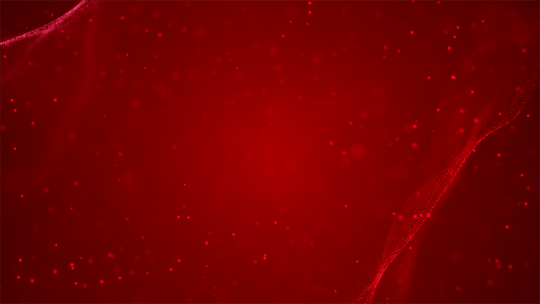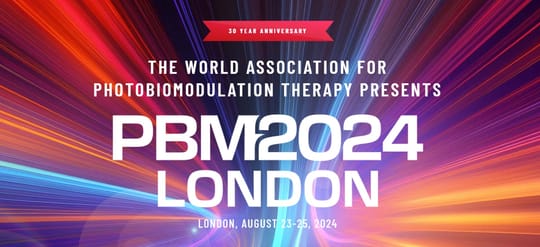Andrew Huberman is one of the most popular scientists of our age. He describes complex concepts in a way that even an average person can understand and enjoy. His passion for sharing science in a digestible way has contributed to the well-being of countless people.
One area he often talks about is light. From sunlight to red light therapy, he integrates light exposure into his daily routine to support sleep, focus, and overall well-being. In this article, we’ll walk through what he actually does, what tools he uses (yes, even a $2 party bulb), and what the research says behind his approach.
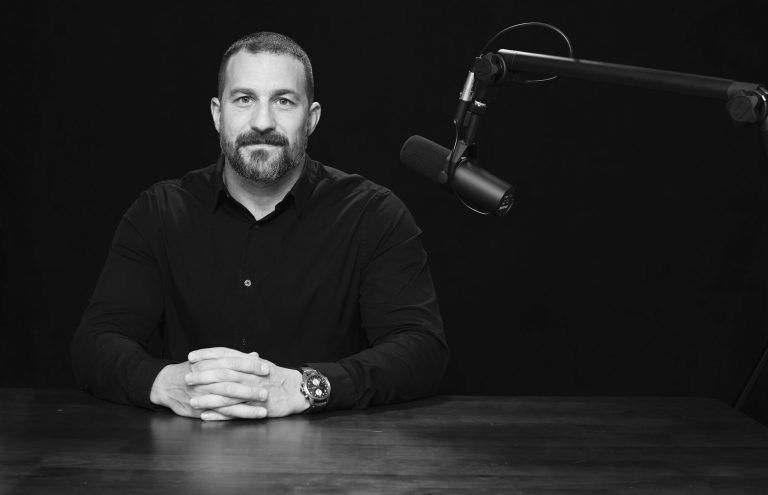
Who is Andrew Huberman?
Andrew Huberman, Ph.D., is a neuroscientist and professor at Stanford School of Medicine, specializing in neurobiology, behavioral sciences and psychiatry. Recognized for groundbreaking research in brain development, function, and neural plasticity, Huberman explores the nervous system's capacity to rewire and acquire new skills and behaviors.
What is Huberman’s Light Therapy Protocol?
Huberman is a strong advocate of light exposure of many forms. He emphasizes the importance of getting natural light early in the morning, preferably within 30 minutes waking up, and also in the late afternoon.
As he puts it in his Using Light to Optimize Health episode.
Getting sunlight in your eyes first thing in the morning is absolutely vital to mental and physical health. It is perhaps the most important thing that any and all of us can and should do in order to promote metabolic well-being.
In addition to sunlight, he also uses red light in the evening to support better sleep. Interestingly, despite having access to advanced tools, he doesn’t rely on an expensive red light panel for this.
Instead, based on a New Year’s Eve post, he uses something much simpler: a basic party red light bulb — the kind you can buy online or at most hardware stores. He explains that the purpose isn’t targeted therapy, but rather to help ease into a relaxed, sleepy state by reducing blue light exposure and encouraging melatonin production.
The Benefits of Red and NIR Light Therapy According to Huberman
There are a handful of benefits of the red and near-infrared wavelengths. As Huberman sometimes mention as a synonym, long wavelength lights (red and NIR light) can get deep into the skin tissues and even to the mitochondria. The latter is responsible for the increase of ATP production, which is the energy storehouse of the cells.
While he hasn’t yet done a full episode dedicated solely to red light therapy, he’s shared a few key takeaways across his podcasts and social media posts:
- Improved visual function
Viewing red and NIR light has an effect on the aging process of the cells in the retina, - so called photoreceptors. This statement is based on the study conducted by Jeffery's lab. Their most remarkable finding is that the use of red light therapy can improve visual acuity by 22%. Visual acuity refers to the clarity or sharpness of vision.
In that study, participants viewed 670 nm red light (a common wavelength in red light therapy devices) for just 2–3 minutes, three times per week - always within the first few hours after waking.
- May Help Treat Skin Conditions
For people dealing with acne, scarring, or other skin concerns, red light therapy could offer a non-invasive option. Huberman explains the mechanism like this:
The red and near infrared wavelenghts cause a bit of damage to the upper layer of the skin, whereas the cells of the deeper layers start to clear out and replace the damaged cells (lesions) with healthy skin cells.
He has shared at least one study on this topic, suggesting potential benefits for skin tone and repair.
- Useful for Night Owls and Late-Night Workers
According to Huberman, those who are active at night — whether due to shift work, studying, or parenting — can also benefit from using red light. When the intensity is properly set, it allows you to stay functional without raising cortisol levels or disrupting melatonin production.
Which Light Devices Does Huberman Use?
For his morning routine, he uses Artograph LightPad LX 930, that is a lux lamp to induce wakefulness. He often wakes before sunrise and uses this light box to help signal wakefulness to his brain — until he can get real sunlight later in the morning.
Here is what I use: (no affiliation) Artograph LightPad 930 LX - 12" x 9" Thin, Dimmable LED Light Box for Tracing, Drawing
— Andrew D. Huberman, Ph.D. (@hubermanlab) October 24, 2021
I prop it on its side facing me on my desk. (I wake early before sunrise usually). And get sunlight once it’s sunny out.
As for his red light therapy protocol - as I've already mentioned - he uses red light bulbs before going to bed, as it helps to reduce the cortisol level while increasing melatonin production, which is ultimately leads to the feeling of sleepiness.
Based on his post, he uses party red light bulbs that cost only 2 dollars each. For this purpose however, you can also select bulbs from companies that are specialized in red light therapy devices particularly. These can be useful for broader health goals beyond just sleep hygiene.
In addition to his evening red bulbs, Huberman also uses a red light panel for broader health purposes - though he hasn’t specified exactly what he uses it for. In earlier posts, he noted he had no formal affiliation with any brand, but mentioned that:
However, on Joovv’s website, Huberman is now quoted saying he has used Joovv panels daily for several years, calling them his preferred red light therapy device. He cites benefits like muscle recovery, skin health, mitochondrial function, and vision.
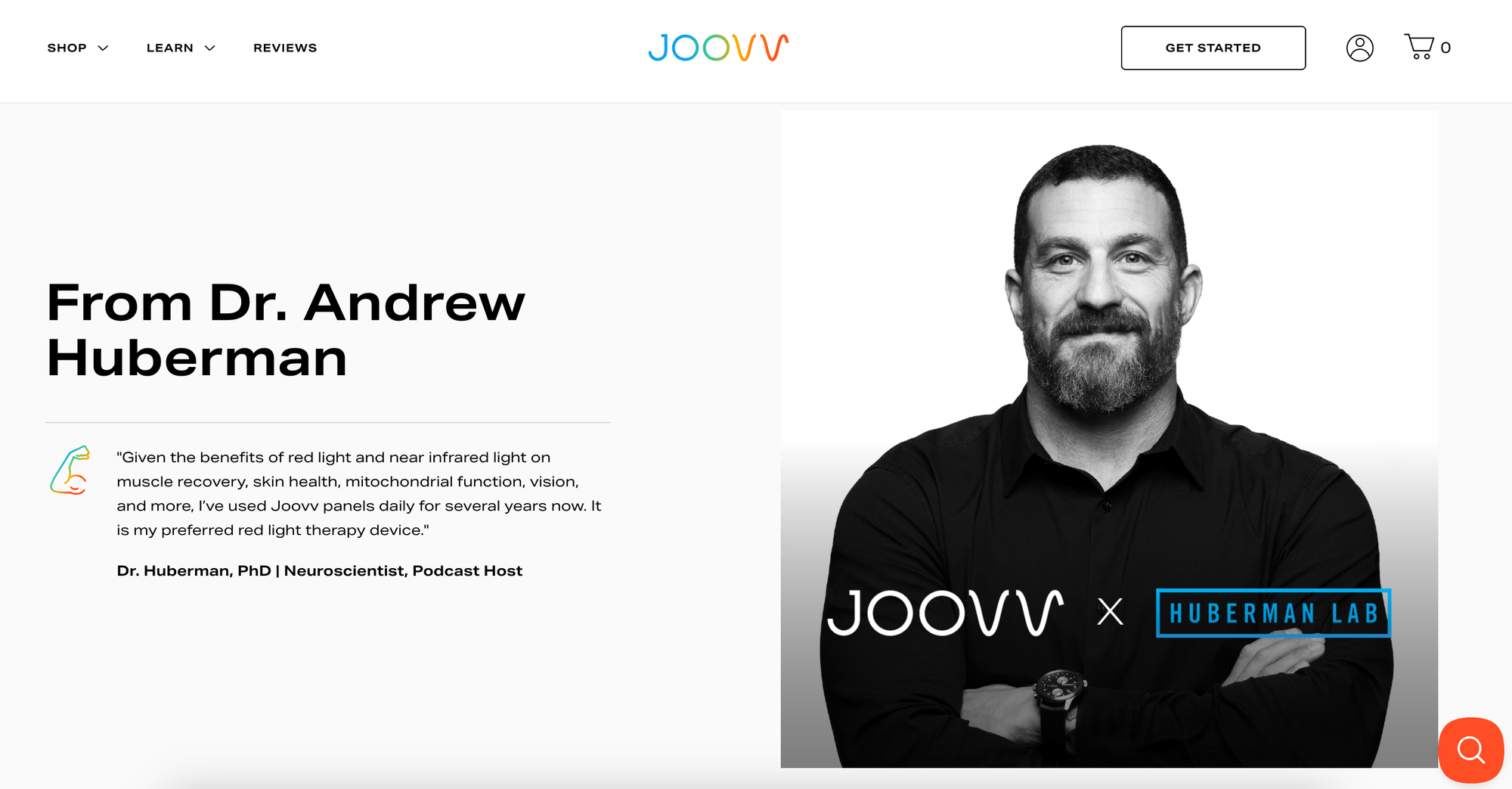
While he once emphasized his independence from these companies, the Joovv × Huberman Lab collaboration suggests a deeper relationship - or at the very least, a strong personal endorsement.
Conclusion: Huberman On Light Therapy
One thing is clear: when someone as respected and evidence-driven as Andrew Huberman highlights the potential of red light therapy - not just once, but across multiple platforms - it’s worth paying attention. While he stops short of calling it a cure-all, he consistently points to its value for sleep, recovery, vision, and more.
And in the spirit of his well-known sign-off:
Thank you for your interest in science…
and in light therapy, of course.
Items Mentioned in This Article
- KOZE - Red light therapy brand mentioned by Huberman
- Joovv - His go-to red light therapy panel (based on official quotes)
- Artograph LightPad LX 930 - Used in his morning light routine
- UNILAMP Red Light Bulbs - Budget-friendly option for evening use

